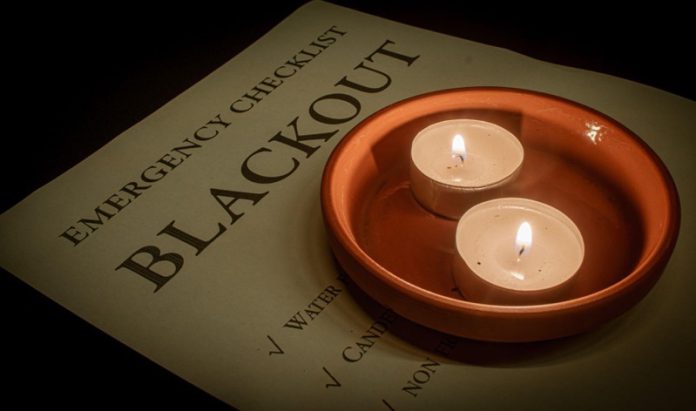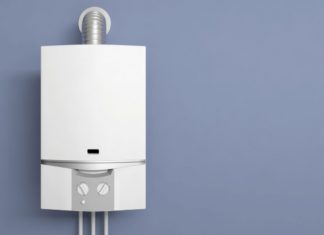Experiencing a power outage can be daunting and disrupt your life. Unplanned blackouts, often caused by severe weather, equipment failure, or even accidents, can be chaotic if you are not prepared. This article provides an essential checklist to help you prepare for a potential blackout.
Causes of Blackouts / Power Outages
Many blackouts are the consequence of severe weather events like storms, floods, extreme heat, or bushfires that harm power facilities. These weather conditions can force power lines to collapse, cause trees to fall onto electrical installations, and lead to the failure of substations due to flooding.
On occasion, power outages can also be caused by technical failures within the electricity grid itself. This could be an equipment fault, such as a malfunctioning transformer, or issues at a power generating station leading to a large-scale power disruption. Your electricity supplier may also occasionally have to carry out scheduled maintenance, which can result in temporary, but typically pre-announced, blackouts.
Preparing for Future Blackouts / Power Outages
The key to effectively managing a power outage is to be ready before it happens. Start by assembling a comprehensive emergency kit. This kit should include flashlights and spare batteries, a battery-operated or crank radio to stay updated on the situation, a first-aid kit stocked with necessary medications and supplies, and a supply of non-perishable canned food, complete with a manual can opener.
Don’t forget to include bottled water for both drinking and sanitary purposes. Depending on your circumstances, you may also need to consider additional items such as warm clothing, baby supplies, pet food, or essential documents. Having these items easily accessible can help make an outage less stressful and more manageable.
What To Do During a Blackout / Power Outage
During a blackout, safety should be your number one priority. Start by unplugging or switching off all electrical appliances to prevent potential damage from power surges when the electricity is restored. If possible, leave one light switched on so you can easily identify when the power comes back on. Instead of candles, which can pose a fire risk, use flashlights or battery-powered lanterns for illumination.
To preserve food for as long as possible, keep refrigerators and freezers closed. On average, a refrigerator can keep food cold for about four hours, while a full freezer can last 48 hours (24 if it is half full) as long as the doors remain closed. Stay tuned to a battery-operated or crank radio for updates from your electricity provider and emergency services.
After the Blackout / Power Outage
Once power is restored, exercise caution before returning to normal. Check all your appliances for potential damage before using them. If you suspect any appliances have been damaged due to a power surge, have them checked by a professional before use.
You should also check your refrigerator and freezer for any food that may have spoiled during the outage. Remember this rule: when in doubt, throw it out. Foodborne illness is a potential risk with food that has been improperly stored. Finally, it’s crucial to review and update your emergency kit and plans based on your experiences during the outage.
Preparation is essential when dealing with the possibility of a blackout, as it can greatly mitigate the associated stress, helping to ensure your safety and comfort. Familiarising yourself with the necessary steps to take before, during, and after a blackout, along with suitable preparation, can make all the difference.
For a comprehensive guide, this checklist to prepare for a blackout is an excellent resource in getting prepared for a power outage. Remember, the key to successfully navigating any blackout is preparation. Equip yourself with the right tools and knowledge to handle any blackout confidently. Stay safe, and always be ready!













